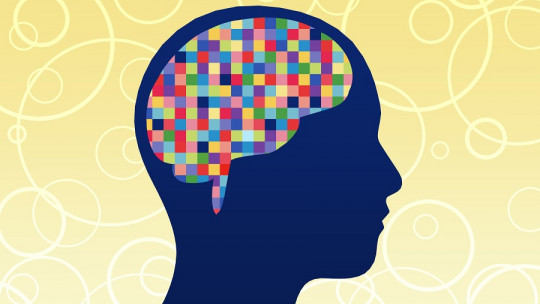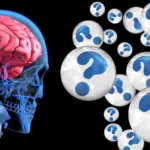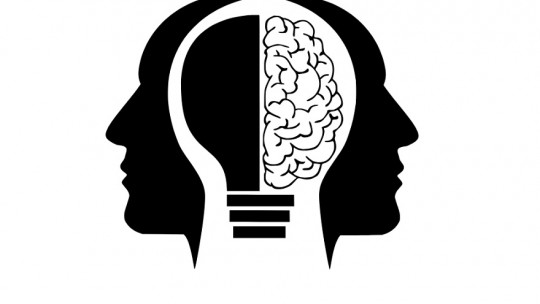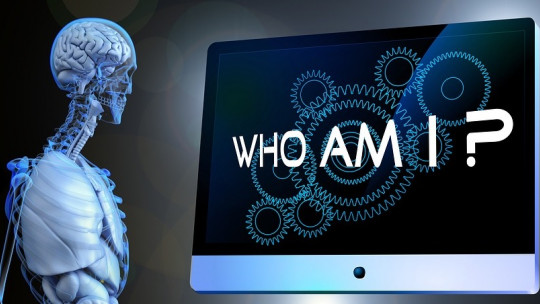
Do you know the Representational Redescription Model?
This is a cognitive model created by professor and neurocognition researcher Annette Karmiloff-Smith. This model attempts to explain how our mind operates when obtaining and transforming knowledge.
What is the Representational Redescription Model?
The Representational Redescription Model is a model proposed by neuroscientist researcher Annette Karmiloff-Smith. It is a model of cognitive development, which offers a vision in relation to the cognitive aspects that develop during the acquisition and development of human language.
What the Representational Redescription Model promotes is establishing new systems of relationships between the different representations that we have, at a mental level, of reality (of ourselves, of the context, circumstances, relationships, objects, etc.).
The model also defends the importance of making explicit two elements that are part of our mental representations: the object or attitude, on the one hand, and the agent of representation, on the other.
Characteristics
Regarding its characteristics, one of the functions of the Representational Redescription Model is to change the person’s vision of the world, as well as the theories, ideas or knowledge that the person has acquired about what surrounds them.
Through his model, Karmiloff-Smith deviates from the structuralist tradition and opts for an approach where the key element is hypotheses ; According to Karmiloff-Smith, hypotheses are theories in action that allow us to formulate, define (and redefine) our way of thinking.
His model gives great importance to the vital stage of childhood; specifically, the theory on which the Model of The representational redescription establishes that children’s mental activity is singularized thanks to the process of making explicit certain implicit representations, through different phases where an internal reorganization occurs in the child’s mind.
Theoretical bases
At a theoretical level, the bases of the Representational Redescription Model are: nativism and constructivism.
Innatism is a doctrine that states that certain types of knowledge are innate (not acquired through experience or learning). For its part, constructivism is a pedagogical current that suggests that we are the ones who build our own knowledge, progressively and actively.
On the other hand, the Representational Redescription Model also takes the perspective of development, without leaving aside the innate part (more of a biological nature) of every human being.
Importance of explicit learning
In the Representational Redescription Model, the concept of “explicit learning” becomes very relevant. This type of learning involves a restructuring of the knowledge we have in a given field.
In this way, the act of making implicit knowledge explicit would be carried out by redescribing said knowledge in a new theoretical framework.
On the other hand, we must take into account that in any process of acquiring knowledge, whatever type it may be, we are greatly influenced by culture; this way, When we acquire new knowledge (or representation system), we do so through cultural systems that influence us.
Representational redescription
To better understand how the Representational Redescription Model works, we are going to learn what this last concept consists of (representational redescription; RR).
The representational redescription is a way of obtaining knowledge through our mind ; It is about exploiting, internally, the information it already has stored, through a process of redescription of mental representations. In other words; It is about re-representing (redescribing) the representations we have of things, in different formats.
This way, Through this process, an implicit representation becomes knowledge. In addition, this process also allows us to build our “agent self”, a concept of psychotherapy that consists of the identity that we construct at a cognitive level.
Levels of knowledge representation
According to Annette Karmiloff-Smith we can find up to four different levels through which we represent knowledge, and on which the model is based. These levels are:
1. Implicit level (1)
It is about the representations of a procedural nature that would not be accessible to other parts of the cognitive system. These types of implicit representations are interpreted in connectionist terms.
2. Explicit level (1)
They are the representations that They become symbolic representations (“information packages”), and would be stored in our memory in a “compact” way. They are both explicit and implicit; explicit because they are in our memory, and implicit because we cannot report them.
Both these representations and the previous ones (implicit level, 1) are effective in situations where an automatic, quick and immediate response is required.
3. Explicit level (2)
It includes the information packaged in our representation system in a stable and lasting way. In other words, it is the information we have in our memory. This information can be retrieved and updated through new representations.
4. Explicit level (3)
Finally, the explicit level (3) of the representational redescription model encompasses true explicit representations ; That is, they are those that, in addition to being available, are accessible to others at an explicit level (consciously).
Both these representations and the previous ones (explicit level, 2) are what allow us to address new situations, where the response that is required (or needed) is not automatic, but flexible.
Operating processes and learning
It is worth mentioning two processes that are developed within the Representational Redescription Model. These processes are, in reality, two complementary directions that our learning takes:
1. Procedure
The procedural process is a gradual process, which allows our mind to make, from existing knowledge, a more automatic type of knowledge (and at the same time, less accessible). An example of learning that we carry out from this process is learning to solve a Rubik’s cube.
2. Explicitness
In the second process, knowledge becomes more accessible to our mind; In this case, we are talking about explicitly representing implicit information, as far as procedural representations are concerned. An example of this would be learning to play the piano.








